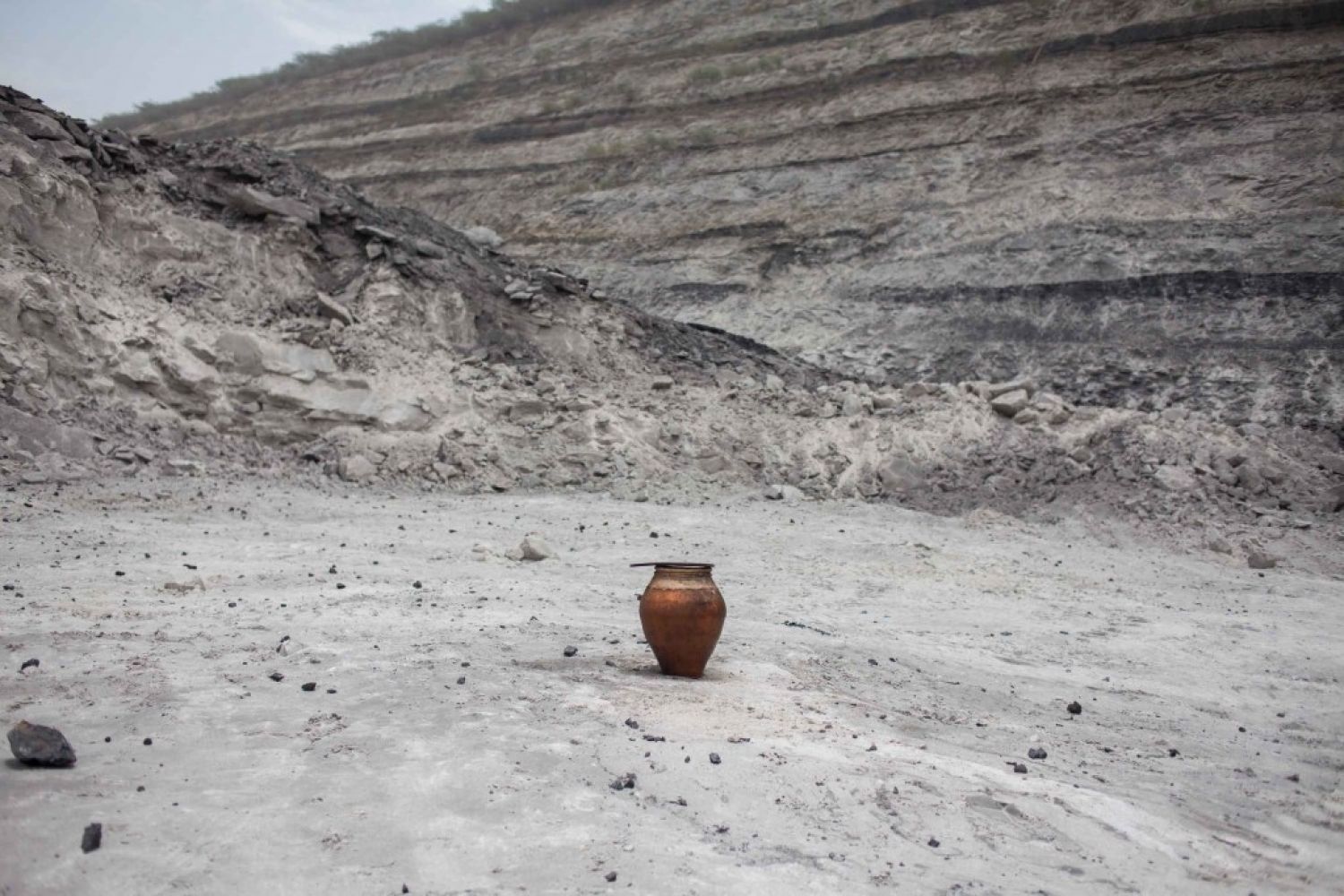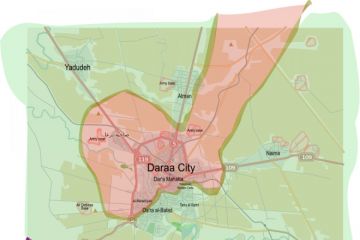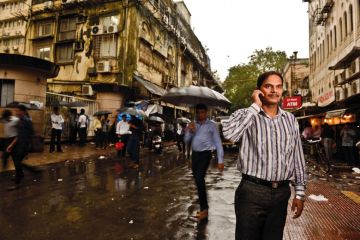
He lives in the things
he left behind: frayed slippers, a TVS-XL moped with a rigged guard to carry
trays, shirts and pants, and the scales he used to weigh grapes and other
seasonal fruit. In the photo up on the almirah, he has a shaven head (they went
to Chinna Tirupati) and a two-day stubble.
On the night of May
10, the last of his life, Sattibabu, a 45-year-old street fruit vendor in
Tadepalligudem, West Godavari district of Andhra Pradesh, came home around
11.30 p.m., had dinner, a





